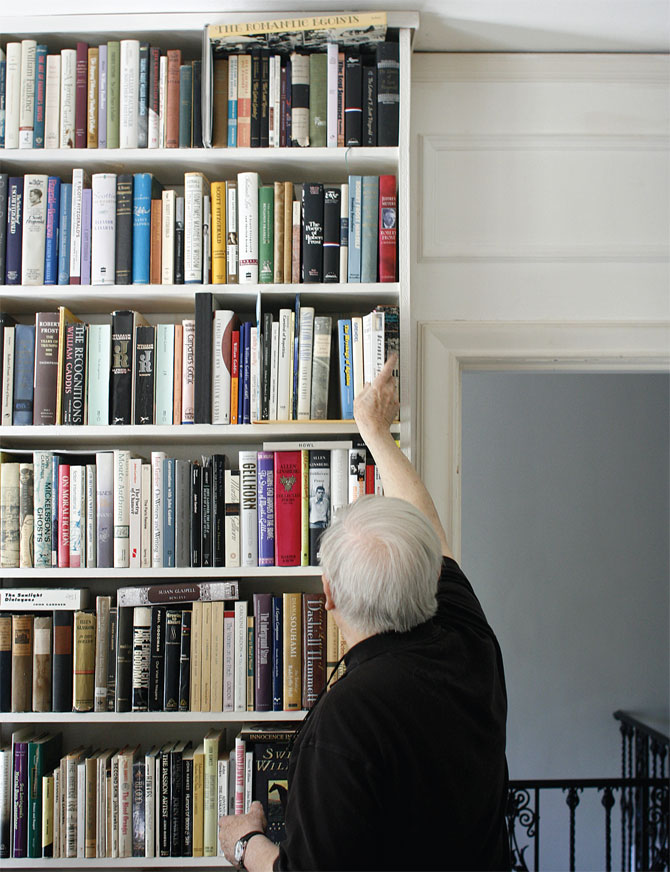
from Reading Rilke
Roses climb his life as if he were their trellis. Turn the clock back twenty-four years to 1900. Rilke is a guest at Worpswede, an artists' colony near Bremen, and it is there he has made the acquaintance of the painter Paula Becker and his future wife, Clara Westhoff. One bright Sunday morning, in a romantic mood, Rilke brings his new friends a few flowers, and writes about the gesture in his diary:
I invented a new form of caress: placing a rose gently on a closed eye until its coolness can no longer be felt; only the gentle petal will continue to rest on the eyelid like sleep just before dawn.
The poet never forgets a metaphor. Nor do his friends forget the poet's passions. Move on to 1907 now, when, in Capri, Rilke composes "The Bowl of Roses," beginning this poem with an abrupt jumble of violent images:
You've seen their anger flare, seen two boys
bunch themselves into a ball of animosity
and roll across the ground
like some dumb animal set upon by bees;
you've seen those carny barkers, mile-high liars,
the careening tangle of bolting horses,
their upturned eyes and flashing teeth,
as if the skull were peeled back from the mouth.
Bullyboys, actors, tellers of tall tales, runaway horses -- fright, force, and falsification -- losing composure, pretending, revealing pain and terror: these are compared to the bowl of roses.
and roll across the ground
like some dumb animal set upon by bees;
you've seen those carny barkers, mile-high liars,
the careening tangle of bolting horses,
their upturned eyes and flashing teeth,
as if the skull were peeled back from the mouth.
Bullyboys, actors, tellers of tall tales, runaway horses -- fright, force, and falsification -- losing composure, pretending, revealing pain and terror: these are compared to the bowl of roses.